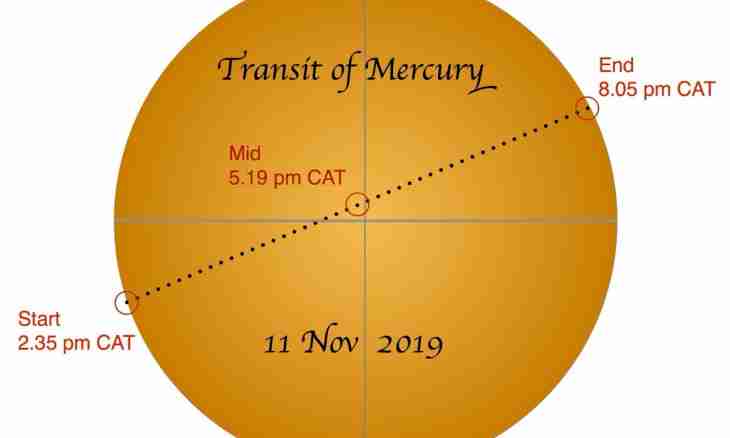Mercury density, at the room temperature and normal atmospheric pressure, is 13,534 kilograms on meter cubed or 13.534 grams on cubic centimeter. Mercury the most dense of all liquids known currently. It is 13.56 times more dense than water.
Density and units of its measurement
Density or volume density of mass of substance — the mass of this substance in unit of volume. Most often for its designation the Greek letter ro — ρ is used. Mathematically density is defined by the weight relation to volume.
In the International System of Units (SI) density is measured in kilograms on cubic meter. That is one cubic meter of mercury weighs 13 and a half tons. In the SGS system preceding SI (centimeter-gram-second) it was measured in grams on cubic centimeter.
In the traditional systems of units applied still in the USA and inherited from the British imperial system of units, density can be specified in ounces cubic inch, pounds on cubic inch, pounds on cubic foot, pounds on cubic yard, pounds per gallon, pounds on bushel and others. For simplification of comparison of density between various systems of units, sometimes it is specified as dimensionless size — relative density. Relative density — the substance density relation to a certain standard, as a rule, to water density. Thus, relative density less than unit means that substance floats in water. Substances about density less than 13.56 will float in mercury. As we see on the picture, the coin made of metal alloy with a relative density of 7.6 floats in the container with mercury. Density depends on temperature and pressure. At increase in pressure the volume of material decreases and, therefore, density increases. At temperature increase the volume of substance increases and density decreases.
Some properties of mercury
The property of mercury to change density when heating found application in thermometers. At temperature increase, mercury extends more evenly than other liquids. Mercury thermometers it is possible to take measurements in the wide temperature range: from-38.9 degrees when mercury freezes, up to 356.7 degrees when mercury begins to boil. It is easy to lift the top limit of measurements increase in pressure. In the medical thermometer, thanks to the high density of mercury, temperature remains exactly on the same mark that was at the patient with an armpit or in other place where measurement was taken. When cooling the mercury tank of the thermometer a part of mercury nevertheless remains in a capillary. Drive mercury back into the tank, sharp stirring of the thermometer, reporting to a heavy column of mercury the acceleration many times exceeding acceleration of free flight. However, now in medical institutions of a number of the countries try to refuse mercury thermometers. The reason — virulence of mercury. Getting into lungs, mercury vapors for a long time there are late and poison all organism. Normal work of the central nervous system and kidneys is broken.

